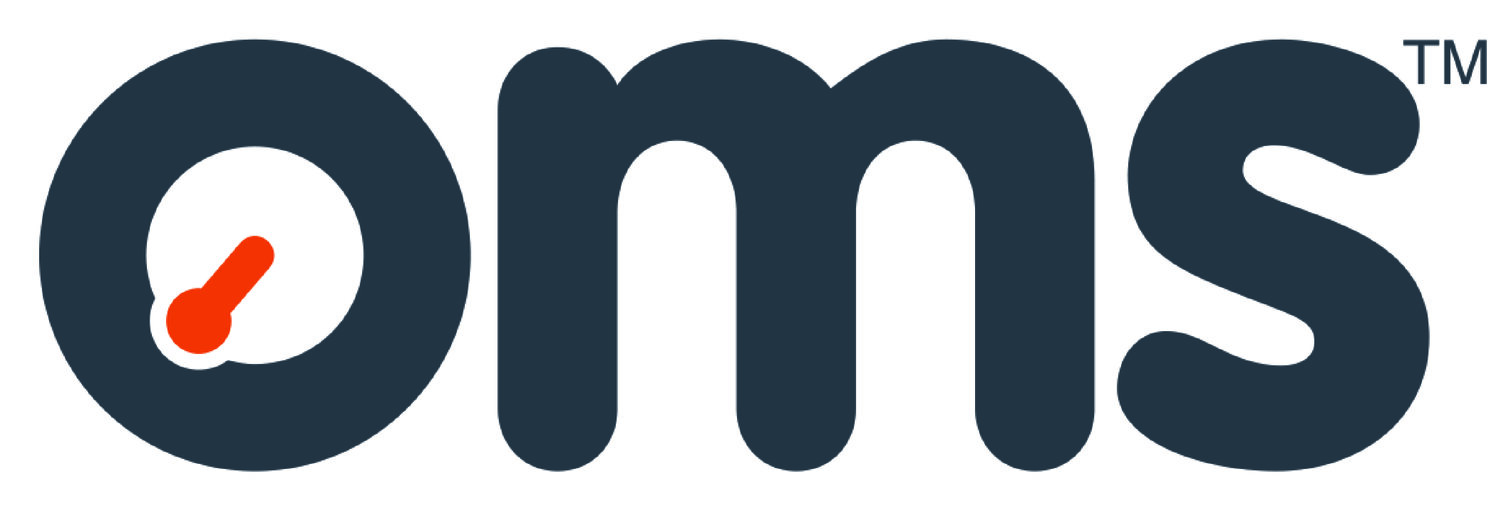What Hyperloop developers can learn from oil and gas pipe installation technology
Being a technology development business leader means that for me the Hyperloop proposals are not pie in the sky or, to use a better analogy, a pipe dream. I am already assuming it can be done and delivered in some form or other for the benefit of mankind. It is clear that sending someone along a tube at high speed meets transport needs and is more economical than sending a similar tube up in the air with passengers inside the tube.
Hyperloop example
Lessons learned
What interests me is what lessons might be learned from the oil and gas sector which has millions of miles of pipeline installations worldwide. Here are two great examples: there is a project that has put in 1,222 km of pipe between Russia and Germany where this pipe lays on the sea bed at depths of over 100 metres. The project is known as Nord Stream 2. These pipe have to withstand the rigours of pressure, salt water corrosion, tides and tidal streams and the geometry of the sea bed. This pipe is typically 48 inches in diameter. For reasons best known to the industry all pipes are designated in inches for their diameter. In metric this is a bit more than 1.2 metres. So here is a pipeline between countries that already exists where lessons have been learned in its construction.
Nord Stream 2 pipe
The second example is the network of gas pipes in the UK that straddle the country from Wales up to the North of England. These are also 48 inch in diameter. Whereas in the past the UK had a network of Gasometers, now it has a network of pipes that allow gas to come into the UK from various places and to be transported to all locations to provide heat and power. Each one of these pipes has to withstand the high internal pressures which are not only to get the gas from A to B but also provide a buffer of storage capacity in their own right. Of course this means that these pipes, which are all laid underground and which you would never see if you toured the whole of the UK, are able to resist the pressure of 100 times the pressure of air at sea level and the corrosive tendencies of the acid in soils.
UK gas lines
My observation is that the basic infrastructure to provide the most basic means of transportation (of course if a multitude of other problems are solved) already exists in an ecologically friendly framework. Given this what are the lessons that could be learned from the oil and gas sector that might help with the creation of the first Hyperloop systems.
My top 10 lessons to be learned:
1. Traceability is key to everything
If the steel quality or process is not good then it may be that over time corrosion will cause problems that could eventually lead to leaks and other safety problems. The key problem with Isambard Kingdom Brunel’s version of Hyperloop was the difficulty in getting the leather valves to work along the pipeline.
2. Keep your pipes down
Weighting the pipes down underwater may be required as if the pipe displaces water then the volume displaced will cause the pipe to want to float and overcome the weight of the steel in the pipe. Often concrete impregnated with iron is used to stop this problem
3. Join your pipes
Pipes are not made in km lengths so will typically be only 12 metres long so it will be necessary to join the pipe together. There are many tried and tested method of joining which will mostly be using some kind of welding process from electric arc welding to stir friction to laser welding. Each method has its advantages and disadvantages.
4. Get your seam welding right
All large pipe is either made spirally (which could lend itself to locally manufacture and deployment of pipe into the ground without cutting to 12 metres lengths for transportation as currently) or by rolling a flat plate into a pipe and welding along the join. In either case the welds must be carefully inspected to ensure the integrity of the pipeline itself. The inspection will be either using x-rays or ultrasound for internal defects or lasers and cameras for surface defects.
5. Square up
The ends of the pipe should be square as it is not desirable for carriages within these tubes to go in any direction other than straight.
6. Shape up
The shape of the pipe is also an important feature to get right. If the pipe is the wrong shape and does not match it’s partner before welding there will be an undesirable mismatch between the two pipes which may cause welding defects and unfortunate mismatches in the pipe wall which will not aid 500 mph transport.
7. Bevel it right
Before welding the pipes the ends of the pipe are prepared with a bevel that ensures that the welding process works properly. Small variations in the bevel can lead to defective welds.
8. Join it
Again the welding of the two pipes together needs meticulous care with the right consumables used in the welding with the right power and feed settings to be used in quite difficult conditions. The weld then needs inspection to ensure that both internally and externally the weld is fit-for-purpose.
9. Grind it
If the weld protrudes into the pipe it may be necessary to grind the weld back to provide a lump free surface.
10. Coat it
Having taken care to buy coated pipe to avoid corrosion it would not be very sensible to leave the pipe with bare metal which could lead to corrosion. Specialist tools exist to paint the internal joint and to put on the outside a field joint coating (FJC). Again inspection of the before and after of this projects is the key to providing good traceability and longevity of the Hyperloop system.
Conclusion
It would appear that the oil and gas industry has a lot of the infrastructure, methodologies, processes and procedures required to construct a successful Hyperloop. Whether this new industry will pick up the knowledge remains to be seen.




